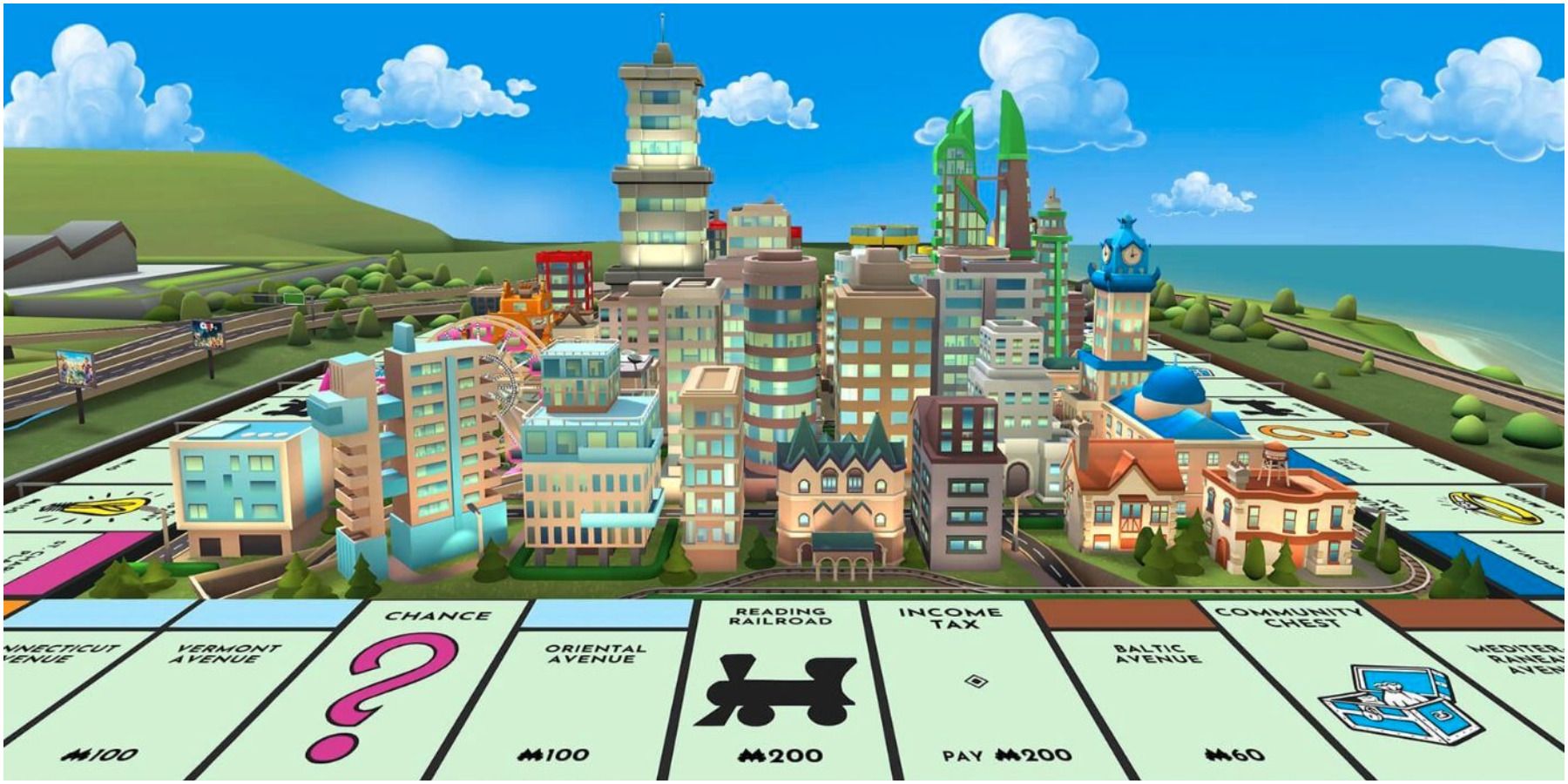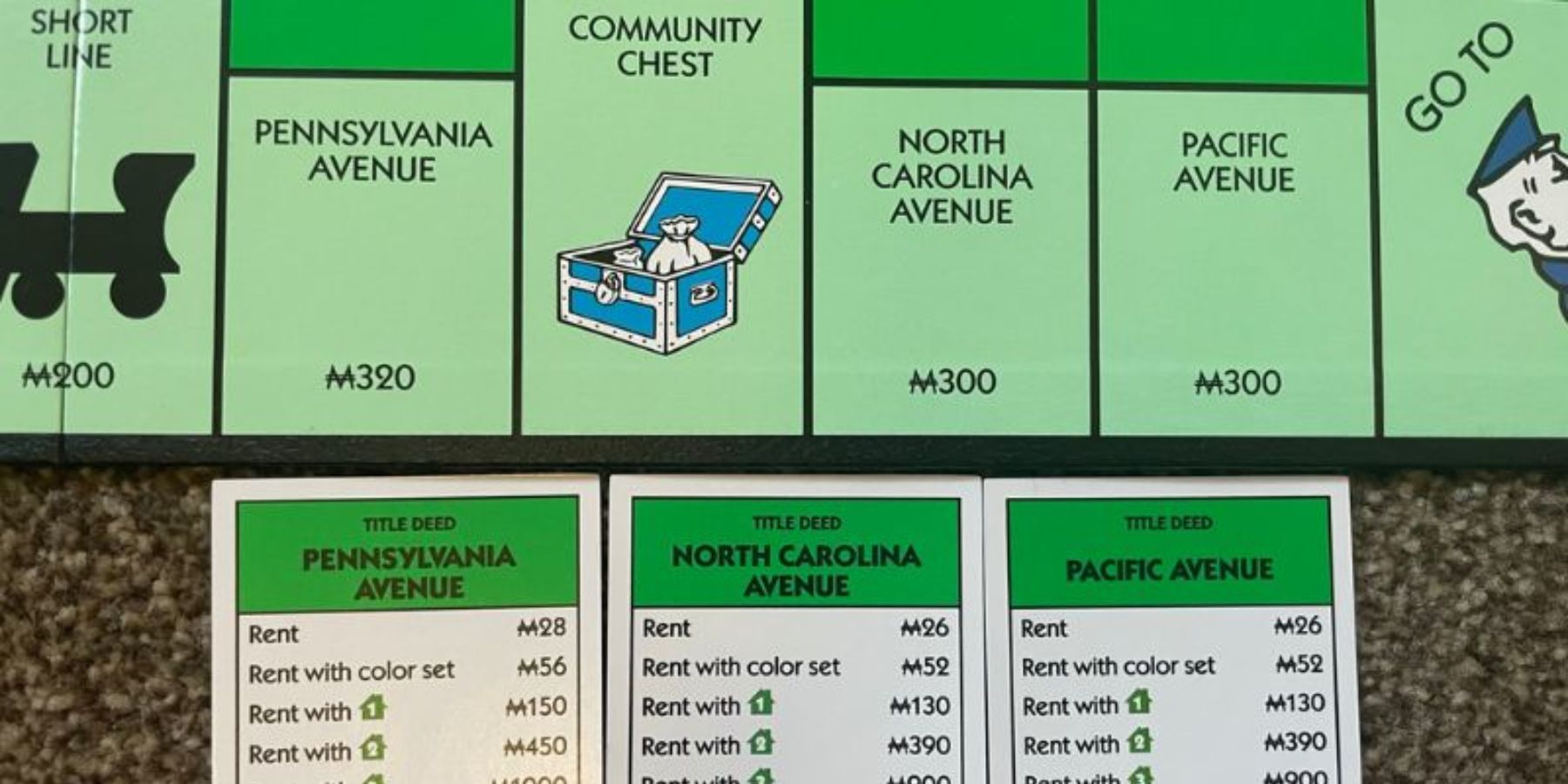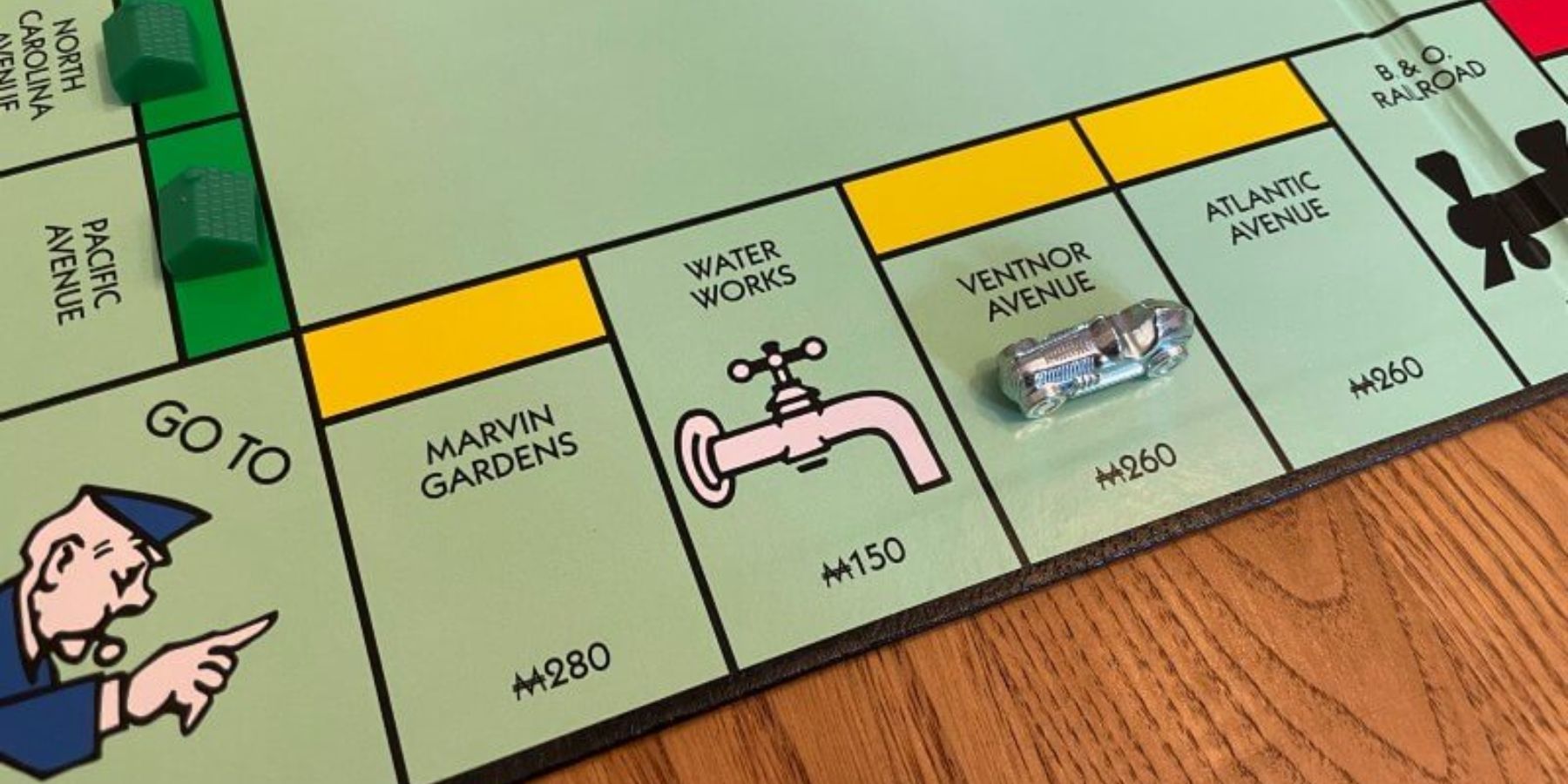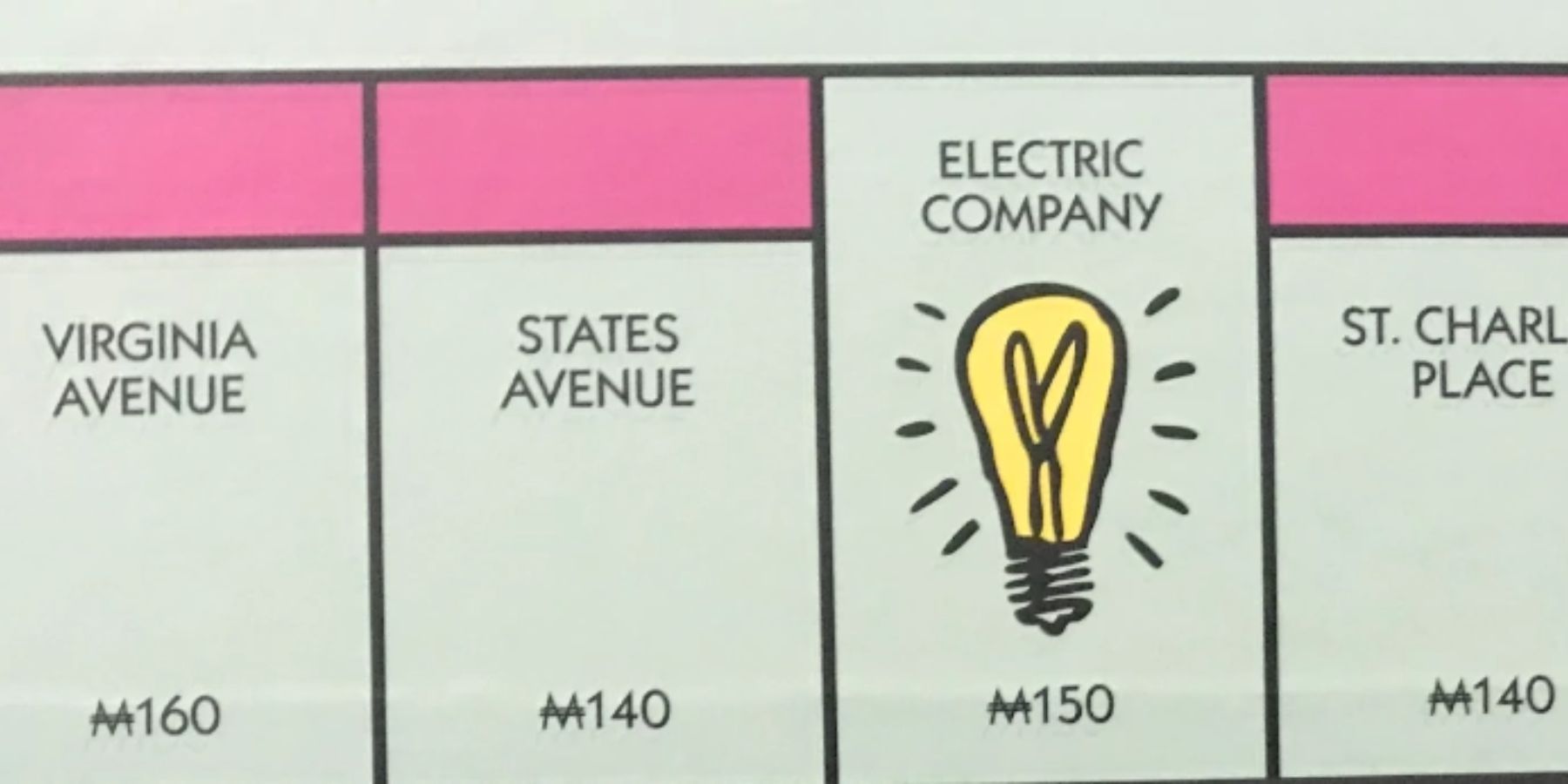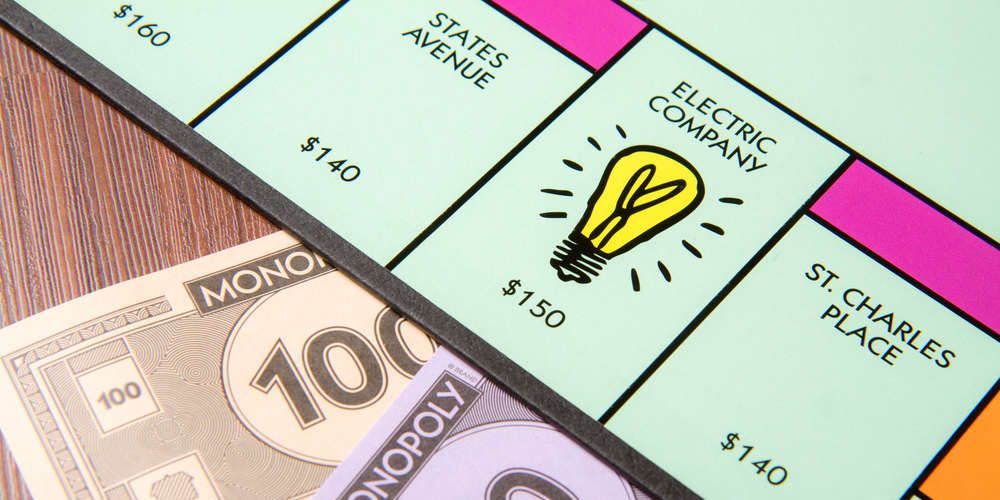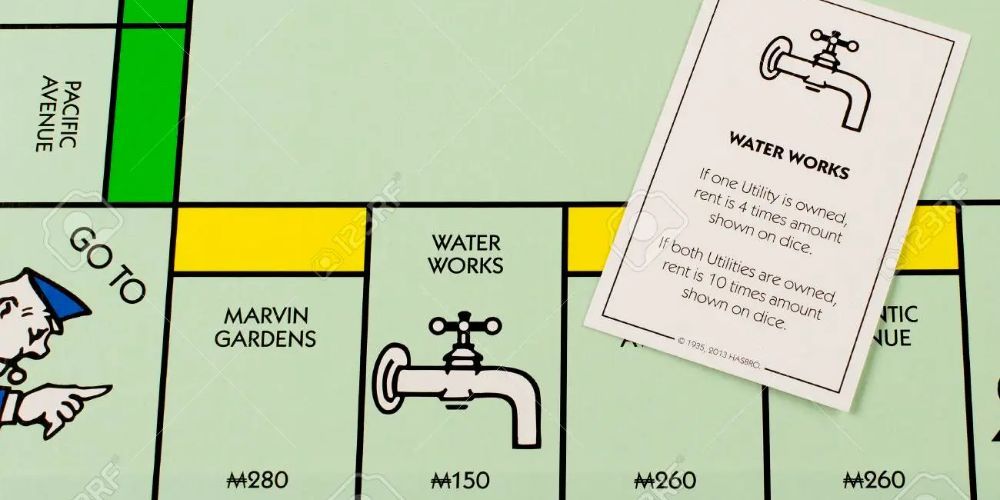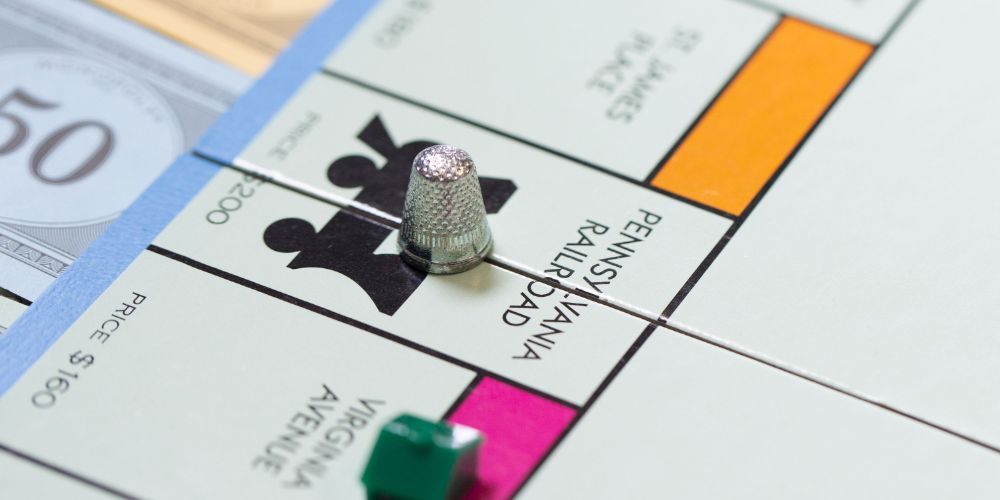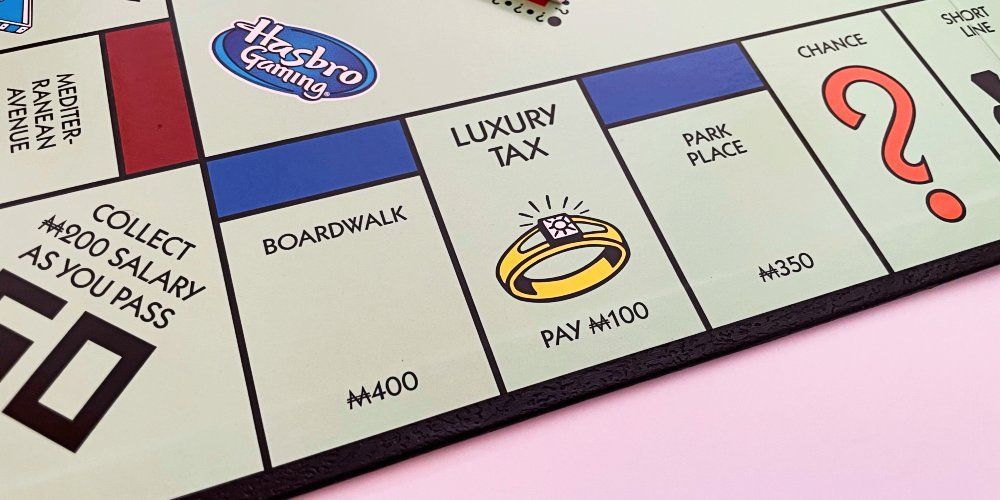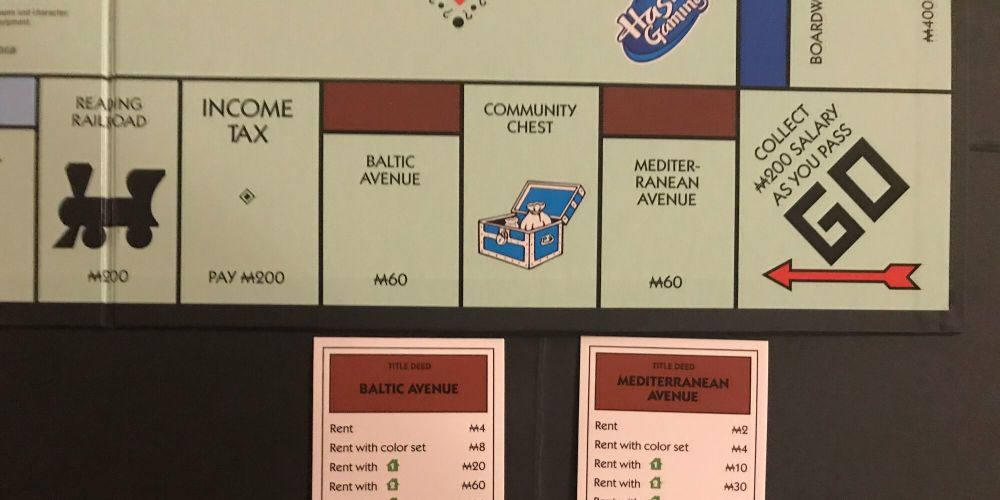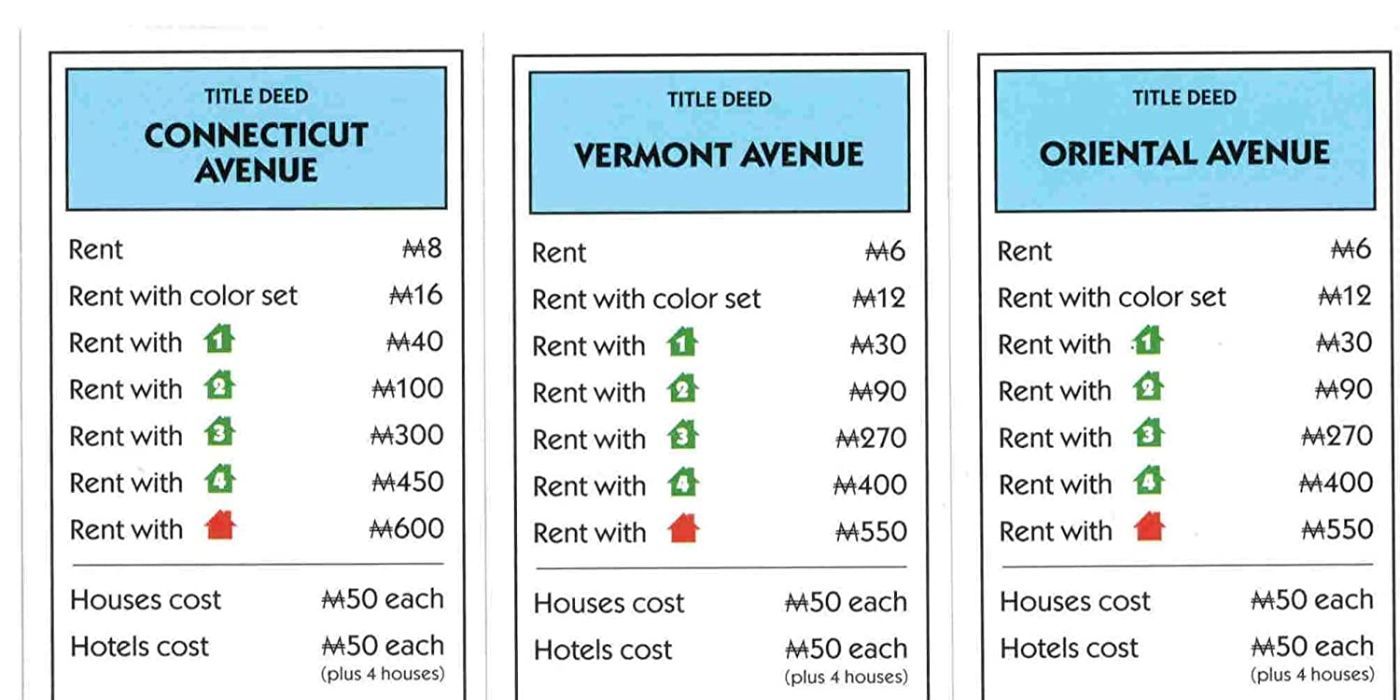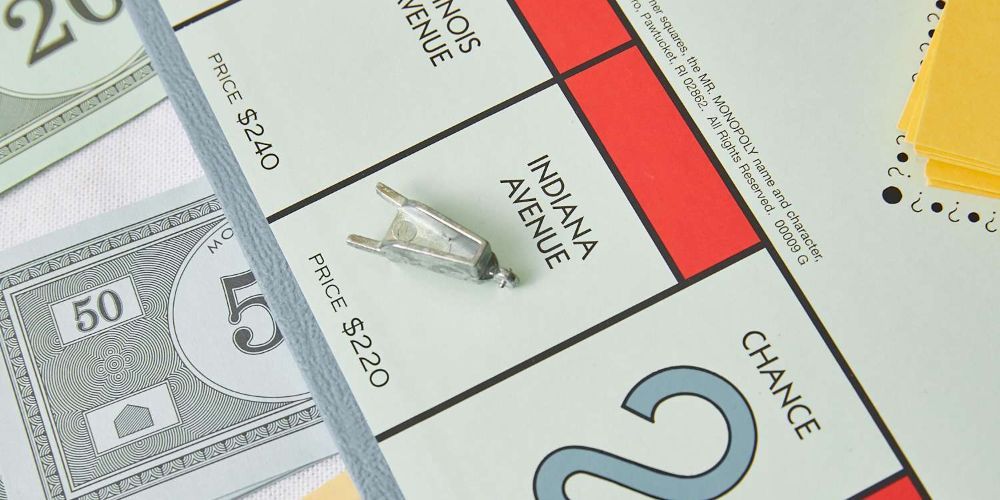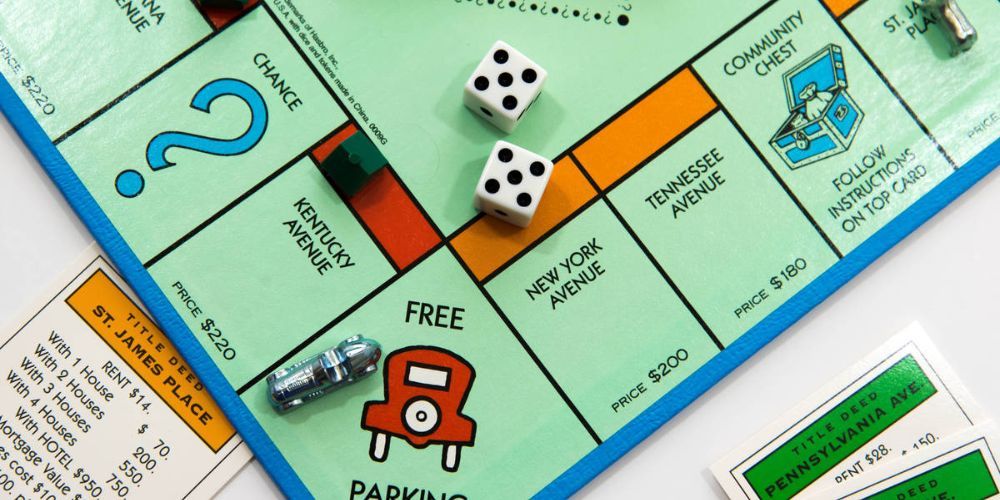Anybody who's ever played Monopoly will attest to the fact that it is a high-intensity game that can lead to many heated arguments and antagonize family members. This is because there is a significant degree of randomness to it. Experienced players, however, know that by using a combination of probability calculations and sound investment strategies, it's possible to minimize the degree of risk that goes into the game (and perhaps avoid getting unnecessarily angry at other players).
The game has seen countless iterations and pop-culture-inspired re-releases, but the classic formula remains untouched. Knowing which properties to buy up at the right stages of the game is crucial to succeeding at Monopoly and avoiding bankruptcy. Certain cards can be a steady income, whereas others may grant players an incredibly high return on investment without requiring them to spend too much money.
Updated on March 30, 2023, by Maciej Grzymkowski: Although the probability of landing on different spaces in Monopoly can vary greatly, all properties in the game can prove to be extremely profitable in the hands of a skilled player. Even those with lower landing probabilities can be valuable assets if fully developed. That is not to say that all Monopoly properties are equal -- some of them require a substantial investment on the player's part, which can be quite tricky, especially later on in the game. This list has been updated to include every property set in Monopoly, ranked by how profitable and/or difficult they are to develop.
11 Green Set (Pennsylvania Avenue, North Carolina Avenue, Pacific Avenue)
Probability of landing: Pennsylvania Avenue - 2.5%, North Carolina Avenue - 2.6%, Pacific Avenue - 2.7%
At first glance, the green set of properties looks like one of the best choices to invest in. Located towards the end of the board, with rent prices just a bit below the most expensive, dark blue set, one might be tempted to throw their case at these spaces as quickly as possible. However, after diving deeper into it, it becomes clear that it's not all that great.
First of all, purchasing all the green properties will set players back by $920. That's $170 more than buying up the whole dark blue set. With three cards to fill up with houses and hotels, each one costing $200, it can take several rounds to turn each green space into a lucrative investment. Placing hotels on all three of them can bleed a player dry. Investing in the green set should be timed strategically, either at the very start of the game with a lot of cash on hand or after making sizeable profits with other properties.
10 Yellow Set (Atlantic Avenue, Ventnor Avenue, Marvin Gardens)
Probability of landing: Atlantic Avenue - 2.7%, Ventnor Avenue - 2.7%, Marvin Gardens - 2.6%
Located right next to the highly profitable red set, the yellow set of spaces in Monopoly is still a viable option for players who want to rake in the middle-high rent payments from their competitors. Skilled players can take advantage of the fact that these spaces are widely considered to be some of the least sought-after spaces in the game by securing them quickly and even buying them off from other players at a discount.
Still, even after having secured the entire set, the cost of building houses and hotels on these streets combined with the relatively low probability of landing on each one of them (compared to some of the spaces further down the list) might prove to be a strategic challenge for their owners. The best approach is to combine them with the green set to turn the Jail corner into a highly lucrative area for the owner and a very dangerous part of the map for all the other players.
9 Pink Set (St. Charles Place, Virginia Avenue, States Avenue)
Probability of landing: St. Charles Place - 2.7%, Virginia Avenue - 2.5%, States Avenue - 2.4%
Sandwiched between the coveted orange set and easy-to-develop light blue spaces, the pink property cards don't really get a lot of love among Monopoly players. However, they're actually worth the investment put into them, especially by players who also own the Electric Company and Pennsylvania Railroad cards. That way, they can essentially own a five-spaces-long stretch of properties that other players are bound to land on frequently.
It comes with a caveat, though. A house on a single pink card costs $100, and to buy the entire set, a player would have to shell out $440. This comes out to a hefty investment of $1940 to buy and fully develop the set. With the maximum rent on Virginia Avenue (the most expensive pink property) being $900, it might take a bit of time to break even with the pink set, which is why it's often considered to be less worthwhile than its orange counterpart, or the cheaper light blue set.
8 Electric Company
Probability of landing: 2.6%
Electric Company and Waterworks are probably two of the most underrated pieces of property in the entire game. They may not be as profitable as entire colored sets or even the railroads, but they are still worth having, especially in the latter stages of the game.
The reason why players should not miss out on the opportunity should they land on an unowned Electric Company tile is simply the fact that it is a good source of steady income at the beginning of the game. Combined with the ownership of Waterworks, it is the quickest way to earn more than $100 early on, pitting oneself ahead of other players by accumulating cash.
7 Water Works
Probability of landing: 2.8%
Much like the Electric Company, Monopoly's Water Works is not a particularly profitable tile. Just like its other utility counterpart, it provides a steady source of income in the early stages of the game and pays for itself pretty quickly.
The advantage that Water Works holds over the Electric Company is the high probability of landing on it. Players who own both utility cards can easily trim the budgets of their opponents quite frequently, thanks to the Water Works tile. It may not result in significant gains, but these small losses often mean the difference between being able to afford an extra building on the green or dark blue sets.
6 The Railroad Stations
Probability of landing: 10% (on any one of the stations)
When playing Monopoly, many people tend to shun the railroad stations as useless pieces of property that don't generate much income unless one has managed to buy all of them at once. However, purchasing the train stations is actually not as bad of a decision as most players make it out to be. For example, the B. & O. Railroad and Pennsylvania Railroad tiles have a very high likelihood of landing on them.
In fact, they rank within the top ten most-frequently landed-upon tiles in the game. This means that sooner or later, most players will stand on them. Buying up all four railroad stations will yield a $200 profit whenever another player stands on them, which is not a bad amount of money, considering the strategic location of these tiles. Not to mention that owners of all stations can travel between them for free (provided that they land on one of them first), potentially avoiding high rent payments to other players.
5 Dark Blue Set (Park Place and Boardwalk)
Probability of landing: Park Place - 2.18%, Boardwalk - 2.63%
Although they are the most expensive tiles in the game and are definitely worth having, the dark blue tiles are a quite tricky property set. Due to their high prices, building hotels (or even multiple houses) on Park Place and Boardwalk may be a long and arduous project to complete.
Of course, it is also one that promises very high returns seeing as even with only two houses, players who land on Boardwalk would have to pay $600 to the owner. Completing the set may even be worth it without placing any buildings on top of it, as players who land on undeveloped Park Place or Boardwalk tiles would have to pay up to $75 or $100, respectively.
4 Brown Set (Mediterranean Avenue and Baltic Avenue)
Probability of landing: Mediterranean Avenue - 2.13%, Baltic Avenue - 2.16%
The advantage of owning the brown property set in Monopoly is quite straightforward: these tiles are cheap to buy and cheap to develop. While a fully-developed Mediterranean Avenue is only slightly more profitable than a full set of railroad stations, building a hotel on Baltic Avenue can yield $450 for a measly price of $250.
Many Monopoly fans love the brown tiles. Much like the utility spots, they're extremely affordable in the early stages of the game, and oftentimes, they allow them to build a serious budget before any other player manages to complete a full property set of their own! Of course, the other side of the same coin is that during the endgame, they may become more of a liability than an asset -- this, of course, refers to the Chance or Community Chest cards that make players pay for renovating their properties.
3 Light Blue Set (Oriental Avenue, Vermont Avenue, Connecticut Avenue)
Probability of landing: Oriental Avenue - 2.3%, Vermont Avenue - 2.3%, Connecticut Avenue - 2.3%)
Much like in the case of the brown set, the strength of the light blue spaces in Monopoly lies in their low investment requirements. A building on each one of these streets costs a mere $50, so players can fill up this stretch of the board with hotels for a mere $750.
Contrary to the brown tiles, the return on investment of the light blue set is considerably higher. The rent (with hotels) on those properties ranges between $550 and $600. Given the proximity of this set to the START tile, with enough luck, owners can build as many as four houses per turn just with the $200 bonus received at the beginning of each turn.
2 Red Set (Kentucky Avenue, Indiana Avenue, Illinois Avenue)
Probability of landing: Kentucky Avenue - 2.84%, Indiana Avenue - 2.74%, Illinois Avenue - 3.18%
Besides being an affordable property set with very high potential returns on investment, the red set of properties is also one that players end up landing on very often. Owners should prioritize developing Illinois Avenue; it has the highest probability of landing out of all of Monopoly properties.
Experienced Monopoly players know that chasing after the red and orange property sets will make it worth their time once they finally complete them: they are two of the most frequently landed-upon sets, and owning either one of them is a sure-fire way to regularly collect high amounts of rent from other players (unless they're really, really lucky).
1 Orange Set (St. James Place, Tennessee Avenue, New York Avenue)
Probability of landing: St. James Place - 2.8%, Tennessee Avenue - 2.94%, New York Avenue - 3.08%,
Monopoly veterans may differ in their opinions about some of the other property sets and their importance in helping players win the game, but they will all agree on one fact: the orange places are the best properties in Monopoly. The reasoning behind this is rooted in the science of probability.
This is why owning the orange set is a game-changer: "In Jail" (not to be mistaken with "Go To Jail") is the most frequently landed-upon tile in Monopoly. 6 and 8 are two of the most likely outcomes of a double dice throw utilized in the game. It just so happens that St. James Place is exactly six tiles away from "In Jail", and eight in the case of Tennessee Avenue. It is all but guaranteed that other players will frequently land on these spots. Prioritizing property development there is a surefire way to success in Monopoly.

